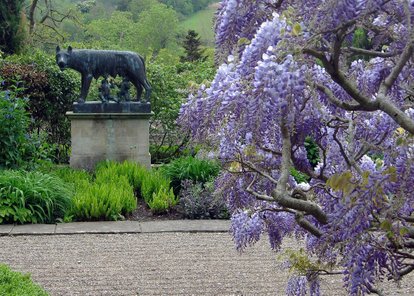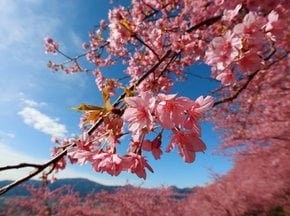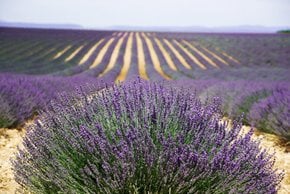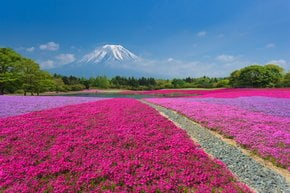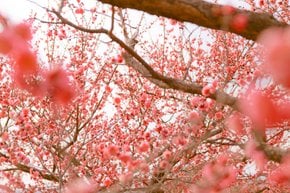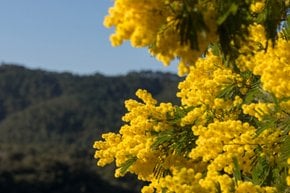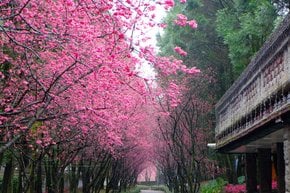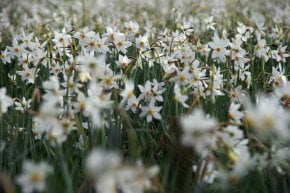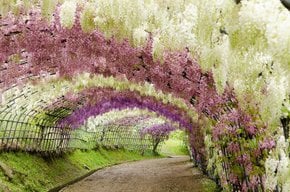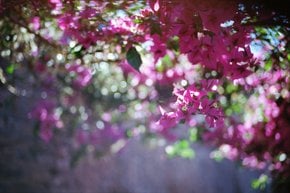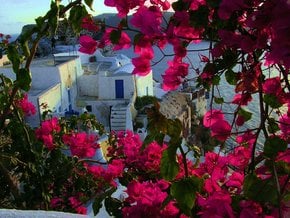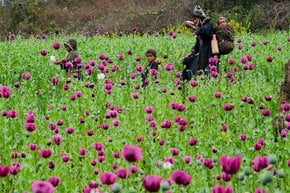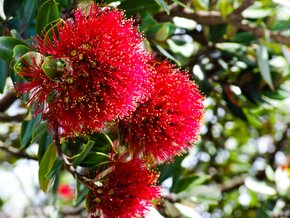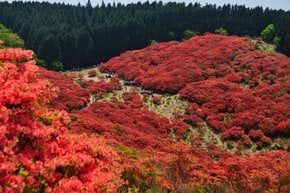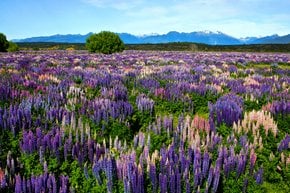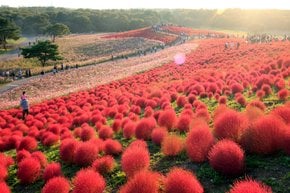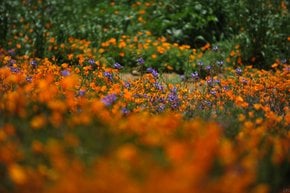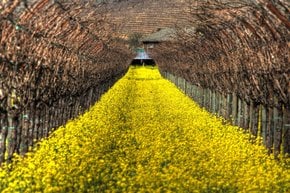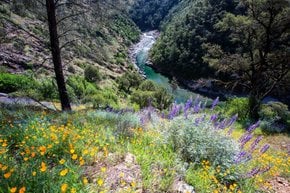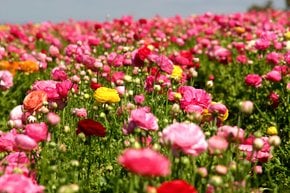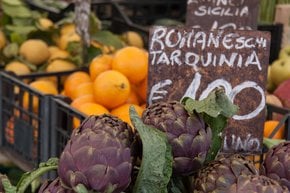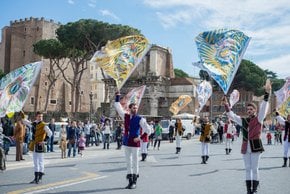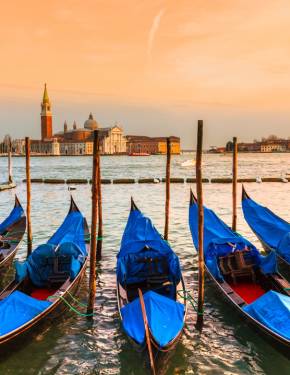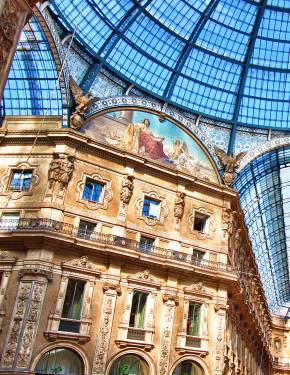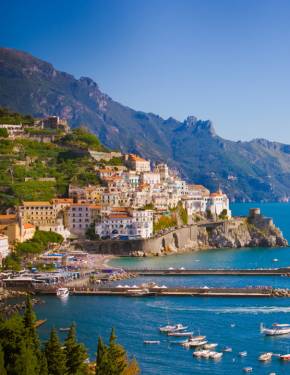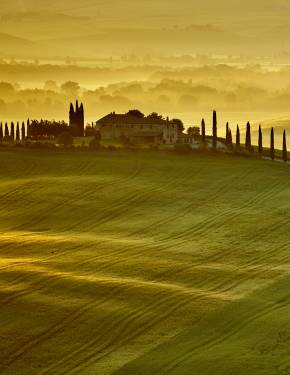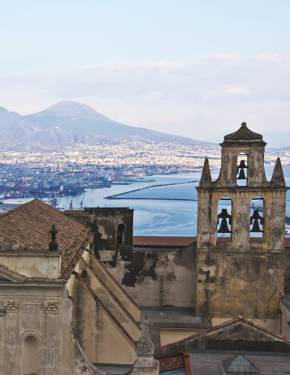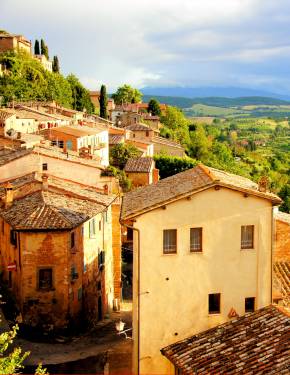Wisteria in Bloom, Rome 2026
Rome looks especially stunning during the wisteria blooming season
Best time: April
April in Rome brings a breathtaking transformation as wisteria blooms paint the city in shades of purple. Known as glicine in Italian, wisteria’s fragrant clusters create a stunning visual display across many parts of the Eternal City. Visitors flock to these locations to experience the fleeting beauty of this delicate flower, typically in full bloom by mid-April and fading by early May.
Villa Celimontana Park
Villa Celimontana, a historic park on Celian Hill, is a beloved spot for wisteria enthusiasts. Here, the flowers cascade from rooftops and climb ancient walls, creating an enchanting atmosphere. The park's serene setting makes it perfect for a leisurely stroll or a peaceful picnic.
Open daily from 7 am to sunset with free admission, Villa Celimontana offers benches, shaded pathways, and nearby cafes, making it accessible for visitors of all ages. For the best experience, visit in the morning for softer light and fewer crowds. The Basilica of Saints John and Paul is just a short walk away.
Roseto Comunale Garden
Nestled near the Circo Massimo, the Roseto Comunale Garden is celebrated for its extensive rose collection. In April, the addition of wisteria blooms enhances the garden's beauty even further. The garden is generally open daily from mid-April through June, with free admission. It's easily accessible by metro (Circo Massimo station) or bus, and the Palatine Hill and Aventine Keyhole are just a short walk away.
Via Margutta
Via Margutta, a picturesque street near the Spanish Steps, is adorned with wisteria vines that elegantly drape over doorways and balconies. Famous for its artistic heritage, this street merges floral beauty with a bohemian atmosphere. The combination of wisteria and rustic architecture creates perfect photo opportunities, especially in the warm, golden light of early evening. Quaint cafes and restaurants line the street, inviting visitors to relax and soak in the charming ambiance.
A Brief History of Wisteria in Rome
Wisteria is native to East Asia, including China, Japan, and South Korea, but has become a beloved symbol of spring in Rome. Introduced centuries ago, these flowering vines now decorate many courtyards, streets, and historical landmarks, blending seamlessly into the city’s rich architectural tapestry.

